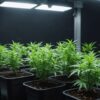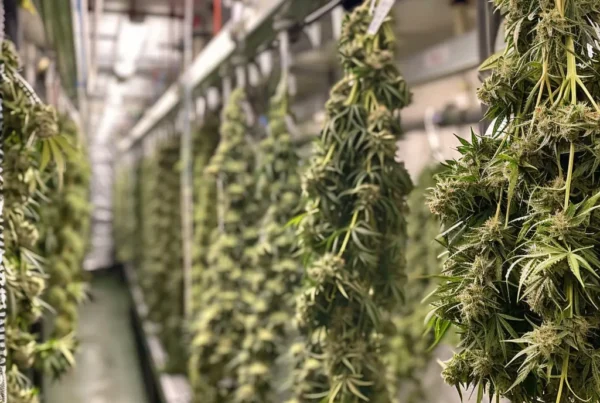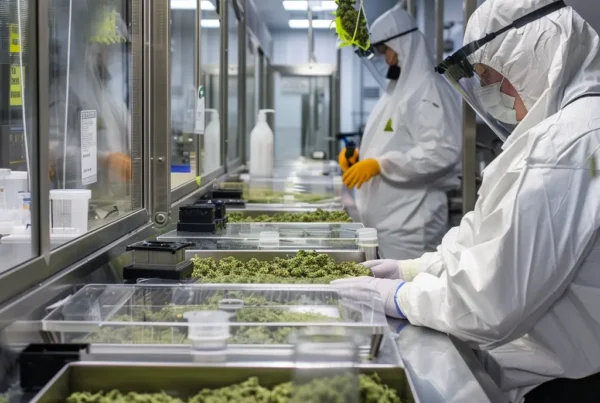Winterization is the process of preparing a property to withstand the harsh conditions of winter. This is especially important if the property is going to be vacant during the cold months. By taking these steps, you can help prevent damage caused by freezing temperatures, such as burst pipes and other issues. This guide will walk you through the essential steps of winterizing a property, from understanding the basics to avoiding common mistakes.
Key Takeaways
- Winterization helps protect properties from winter damage, especially when they are vacant.
- Properly draining water heaters and pipes is crucial to avoid freezing and bursting.
- Using anti-freeze solutions in plumbing systems can prevent ice formation.
- Maintaining sub-zero temperatures can be challenging but is necessary for effective winterization.
- De-winterization is important to make the property functional again when it is reoccupied.
Understanding Winterization
Definition and Importance
Winterization is the process of preparing a property to withstand the harsh conditions of winter. This is crucial to prevent damage from freezing temperatures, such as burst pipes and other issues. By taking these steps, homeowners can avoid costly repairs and ensure their property remains in good condition throughout the winter months.
Common Misconceptions
Many people think winterization is only necessary for vacant homes, but this isn’t true. Even occupied homes can benefit from winterization to protect against unexpected cold snaps. Another common myth is that winterization is a one-time task, but it often requires ongoing maintenance and checks.
Seasonal Timing
The best time to start winterizing your property is in the fall, before the first frost. This proactive approach ensures that all necessary measures are in place before winter weather hits. It’s important to follow a comprehensive guide to storing items and preparing your home to avoid any last-minute rush.
Preparing the Plumbing System
Winterizing your plumbing system is crucial to prevent damage during the cold months. Proper preparation can save you from costly repairs and ensure your system runs smoothly when temperatures drop.
Draining Water Heaters
Start by draining your water heater. This step is essential to remove any standing water that could freeze and cause damage. Connect a hose to the drain valve and let the water flow out. Make sure to turn off the power supply to the heater before you begin.
Emptying Pipes
Next, focus on emptying the pipes. Begin at the main shut-off valve near the water meter. Connect a pressure tester and follow the plumbing supply pipes throughout the property. Ensure all mid-line shut-off valves are in the open position and all faucets are closed. Toilets with a fixture shut-off valve should have the valve in the closed position. You may wish to hire a licensed plumber to complete these steps. The plumber can also confirm that the pipes have been fully drained by blowing compressed air through the pipes.
Using Anti-Freeze Solutions
Always use non-toxic antifreeze rated for plumbing systems. Add antifreeze to all sink drains, traps, and toilets. This will prevent any remaining water from freezing and causing damage. Make sure to run water through all faucets and spigots to flush the antifreeze. Bleed air from the plumbing system by letting the faucets and spigots burp. Finally, check again for leaks to ensure everything is secure.
Winterizing your plumbing system is a vital step in protecting your property from the harsh effects of winter. Taking the time to do it right can save you a lot of trouble down the line.
Maintaining Sub-Zero Temperatures
Target Temperature
Keeping temperatures below zero might sound simple, but it can be tricky. The target temperature to aim for is -80°C. Anything above -20°C isn’t cold enough for effective winterization.
Equipment Options
To maintain these critical temperatures, you can use various equipment:
- Chillers
- Walk-in freezers
- Chest freezers
- Dry ice
Challenges and Solutions
Maintaining sub-zero temperatures can be challenging. If the temperature isn’t low enough, waxes, lipids, and fats won’t separate properly, making winterization inefficient. Using the right equipment and monitoring temperatures closely can help overcome these challenges.
Winterization is extremely important for your home and not to be neglected. Use this checklist to winterize your new house and prepare for the cold weather.
De-Winterization Services
Importance of De-Winterization
De-winterization services are just as important as winterization. Once you find an occupant for your property, it is critical to perform de-winterization to ensure the plumbing system is functional again. Hiring a qualified contractor to reverse the winterization process will help avoid any potential issues.
Steps to Reverse Winterization
To de-winterize a property, follow these steps:
- Turn on the main water supply.
- Inspect all faucets and pipes for leaks.
- Flush the water heater and refill it.
- Check the functionality of all plumbing fixtures.
Hiring Qualified Contractors
When looking for de-winterization services, it’s essential to hire professionals. These experts will ensure that the process is done correctly and efficiently. Look for contractors who are highly reviewed by your neighbors and have a good reputation in your area.
De-winterizing your property ensures that everything is in working order before new occupants move in. This step is crucial for maintaining the integrity of your plumbing system.
Winterization for Different Property Types
Residential Properties
Winterizing a home involves several steps to ensure it can withstand the cold months. Properly winterizing your home can prevent costly damage. Key steps include:
- Draining water from pipes and water heaters
- Sealing windows and doors to prevent drafts
- Using anti-freeze solutions in plumbing systems
Commercial Properties
Commercial buildings often have more complex systems that need attention. Winterizing these properties might involve:
- Inspecting and maintaining HVAC systems
- Ensuring all exterior pipes are insulated
- Checking the integrity of the building’s roof and exterior walls
Special Considerations
Different properties have unique needs. For example, vacant properties require special attention to prevent damage from freezing temperatures. Key considerations include:
- Regularly checking the property for any signs of damage
- Using remote monitoring systems to keep an eye on temperature and humidity levels
- Ensuring that all water systems are completely drained and winterized
Winterizing your property is like giving it a warm coat for the winter. It protects against the harsh effects of cold weather and ensures everything runs smoothly when spring arrives.
Common Mistakes to Avoid
Inadequate Draining
One of the most frequent errors during winterization is not draining the plumbing system completely. Even a small amount of water left in the pipes can freeze and cause them to burst. This can lead to costly repairs and significant water damage.
Improper Use of Anti-Freeze
Using anti-freeze solutions incorrectly is another common mistake. It’s crucial to use the right type and amount of anti-freeze for your system. Overuse or underuse can both lead to problems. Always follow the manufacturer’s guidelines to avoid issues.
Neglecting De-Winterization
Many people forget that de-winterization is just as important as winterization. Failing to properly reverse the process can result in damage when temperatures rise. Make sure to follow all the necessary steps to bring your system back to normal operation.
Remember, cannabis seedlings care also requires attention to detail, just like winterizing your home. Avoiding these common mistakes can save you time and money in the long run.
Conclusion
Winterizing a property is a crucial step to ensure it remains safe and intact during the cold months. By taking the time to properly drain pipes, add antifreeze, and secure the home, you can prevent costly damages and maintain the property’s value. Remember, it’s not just about keeping the house warm; it’s about protecting the entire structure from the harsh winter elements. Whether you’re a homeowner or a contractor, understanding and executing the winterization process can save you a lot of trouble down the road. Stay proactive and keep your property winter-ready!
Frequently Asked Questions
What is winterization?
Winterization is the process of preparing a property to be vacant during the winter. This involves draining the plumbing system, emptying the water heater, and using anti-freeze solutions to protect against damage from freezing temperatures.
Why is winterization important?
Winterization is crucial to prevent damage to your property, such as burst pipes, during the cold winter months. It helps ensure that the home remains in good condition while it is unoccupied.
When should I start the winterization process?
You should start winterizing your property in the fall, before the weather gets too cold. This proactive approach helps protect your home from winter-related damage.
What are the main steps in winterizing a plumbing system?
The main steps include draining the water heater, emptying all the pipes, and adding anti-freeze solutions to various fixtures to prevent freezing and bursting.
Is de-winterization necessary?
Yes, de-winterization is necessary to make the property functional again. This involves reversing the winterization process, such as refilling the plumbing system and ensuring all systems are operational.
Can I hire a contractor for winterization?
Yes, hiring a qualified contractor is recommended to ensure the winterization process is done correctly. They have the expertise to handle the various steps involved and can help avoid common mistakes.






